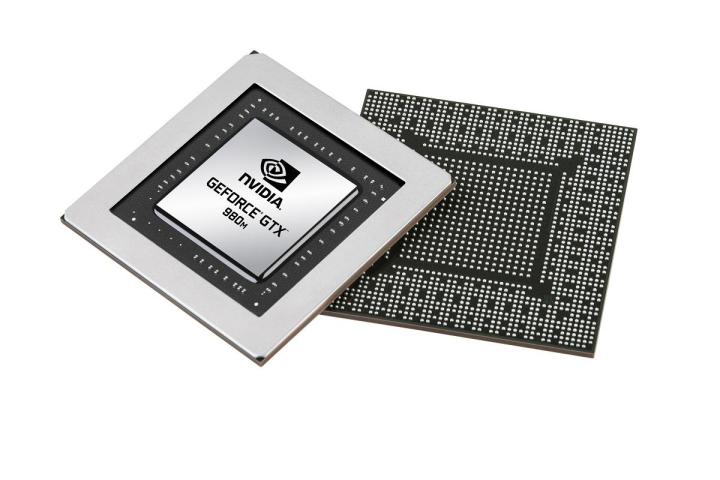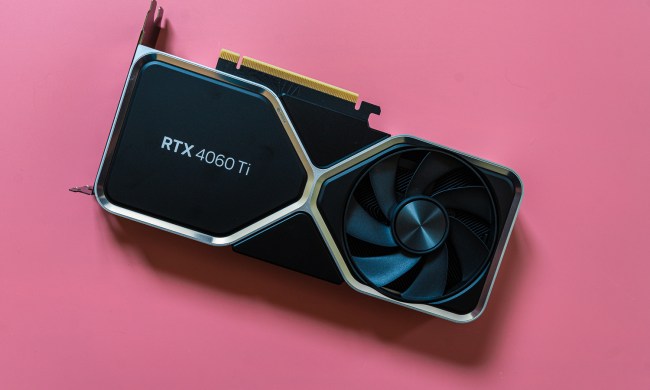
Have you overlocked the GTX 900M in your laptop? You won’t be able to continue that if you install Nvidia’s latest drivers. The company has enraged speed-addicted fans, quashing a so-called overclocking “bug” that sounds a lot like a neat feature to have.
That’s right, it appears GPU overclocking in notebooks powered by the GTX 965M, 970M and 980M is altogether banned, due to “serious damage risks” that “could result in non-functional systems, reduced notebook life, or many other effects.”
In case you’re wondering, yes, Nvidia says the 900M series wasn’t supposed to support overclocking from the get-go, as this is “by no means a trivial feature, and depends on thoughtful design of thermal, electrical, and other considerations.”
The rationale behind the controversial “bug-fixing” decision is healthy as can be – on paper. Laptop GPU overclocking is tricky, risky and, in some cases, has destructive effects on the system as a whole, leading to overheating beyond your darkest nightmares.
Still, Nvidia’s decision begs an obvious question. “Why now?” The company’s new power-efficient architecture seems better suited for overclocking than ever before. Is the GTX 900M series more vulnerable to heat, or is Nvidia trying to protect profits by barring customers from overclocking for “free” performance gains? The company hasn’t said, instead insisting it was a bug and never intended to go live in the first place.
Worse, some systems with GTX 900M chips were sold with overclocking advertised as a feature, which means owners are now receiving less than they paid for. Asus, for example, still lists GPU overclocking as a feature in its latest Republic of Gamers notebooks.
That may cause serious headaches for Nvidia and its partners if customers try to return systems, as some customers returned the GTX 970M after its memory woes were unveiled.



